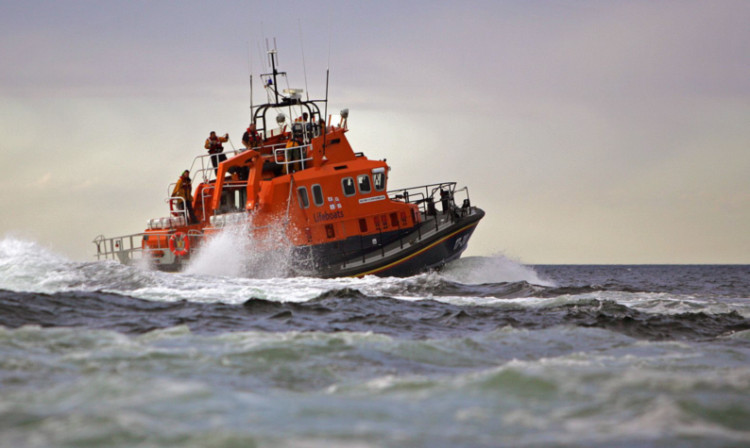
Sick hoaxers making fake lifeboat call-outs are putting lives at risk and costing hundreds of thousands of pounds.
A shocking 1,591 bogus calls were made to coastguards averaging more than one every day over the past three years.
There have been 1,430 in England and Wales and 161 in Scotland, according to the Maritime and Coastguard Agency (MCA).
The RNLI said money from kind-hearted charity donors was being wasted because of the stupid actions of pranksters.
Richard Turner, of the MCA, blasted: “Hoax calls are dangerous, costly and put lives at risk.”
The latest figures cover the period between 2010 and 2012.
Bogus call-outs hit a peak in 2010 with 536 malicious reports.
They included a call by Liam Nicol, of Edinburgh, who was blasted for sparking a full-scale rescue operation after telling his dad he was lost at sea for a joke.
Two lifeboats were launched from Dunbar, East Lothian, at a cost of £8,000.
The operation was only revealed as a prank when police broke down the door of Nicol’s Edinburgh flat and found him getting ready for bed.
In another appalling hoax in September 2011, lives were put at risk when members of Queensferry lifeboat and a helicopter team rushed to a rescue that never was.
They received a call from Krzysztof Mlynarski, 31, to say he was trapped on Cramond Island with a badly injured friend.
The conditions were too dangerous for the lifeboat to land and two crew members swam to shore to search for the “casualty”.
But following a three-hour hunt they got into difficulty themselves and had to be winched to safety.
In July last year Mlynarski was sentenced to 145 days in prison after being convicted of making a hoax call to the emergency services.
And just last month, pranksters twice rang 999 claiming someone was in trouble in the water by Claxheugh Rocks, near Sunderland.
A lifeboat was launched and a patrol boat was diverted to join the needless rescue attempt.
Alison Levett, spokesman for the RNLI in the north of England, said hoax calls tie up lifesavers needed in genuine emergencies.
“They also waste the funds of the RNLI, a charity that relies on donations and legacies, as well as the time and money of other agencies involved in search and rescue at sea,” she said.
“There is also a considerable impact on the personal lives of our volunteers, who are called away from work or family commitments to attend incidents.”
RAF Squadron Leader Dave Webster, who oversaw Prince William’s search and rescue (SAR) training, said Sea King helicopters were called to an average of 4,500 rescues a year.
He said the helicopters were stood down in about 2,200 rescues, either because they are hoaxes or the people were rescued by other means.
It’s estimated operating costs for a Sea King helicopter are £13,000 an hour.
The MCA warned 999 hoaxers can face up to two years in jail if prosecuted.
Richard Turner added: “Making hoax calls is against the law, and we seek to prosecute anyone found doing so.”

Enjoy the convenience of having The Sunday Post delivered as a digital ePaper straight to your smartphone, tablet or computer.
Subscribe for only £5.49 a month and enjoy all the benefits of the printed paper as a digital replica.
Subscribe